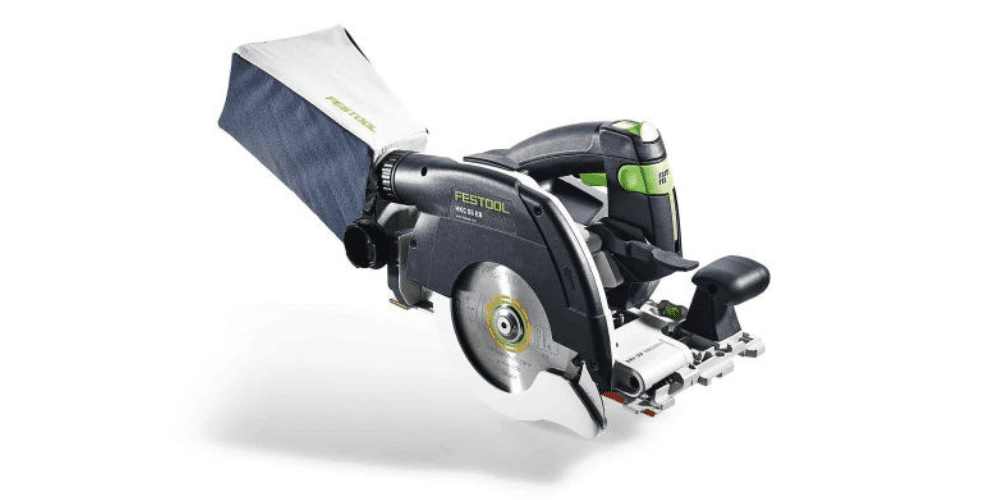The global woodworking circular saw blades market is fiercely competitive, with a large number of organised and unorganised players active in the global market. The global woodworking circular saw blades market is dominated by Freud Tools, Robert Bosch GmbH, Stanley Black and Decker, and Homag Group. Key players are concentrating on producing diverse blades for efficient performance in various operations.
Choosing the right circular saw blade for a job can be difficult. There are a variety of specifications to consider, including tooth count and bevel angle. In general, higher tooth count blades are more effective, while bevel angles allow for smoother cuts. If you are looking for the best circular saw blade, you can choose from a variety of leading brands. You can also get the most value for your money.
Blades for wood cutting are typically made from high carbon steel. They are usually hardened and have a coating that reduces friction and prevents resin buildup. This coating helps to prevent damage when cutting softwood or soft wood materials. In some cases, blades have teeth that are directly cut from the body of the blade. Other blades have a tooth grind, which is the shape of the cutting edge. Some blades also have a triple chip grind, which uses a flattop tooth and a pointed tooth.
Woodworking circular saw blades are used for cutting almost any material. They can be purchased for cutting curves or for general purpose use. The type of circular saw blade you buy will depend on the type of cut you want. The best blade will cut quickly and cleanly, but will also provide a high-quality finish. A blade with a high tooth count will produce a smoother cut, while a blade with a high bevel angle will cut faster and cleaner.
A blade that has a high bevel angle is ideal for cutting thin veneers. It will also cut quickly through the outer surface of the material, resulting in a cleaner cut. The blade’s cutting speed is also dependent on the material being cut. If you are cutting vinyl siding, you won’t want a blade with a high bevel. However, if you are cutting a lot of wood, you can get a blade with a high bevel. This will allow you to clear a large amount of material quickly.
Crosscutting blades are typically used for cutting perpendicular to the grain of the wood. The bevel angle is usually a steep one, which prevents tearout. They also have a shallow gullet, which helps to clear the material faster. Crosscuts are not generally used to cut composite materials.
Usually, the blade body is precision-made and has anti-vibration vents. The body of the blade can also be coated with a perma-shield coating, which helps to reduce resistance to friction. In addition, the blade body will contain stabilizer vents, which will help to keep the blade from warping when it is not used. These blades will typically be used for all-purpose work.
The tooth grind is also an important consideration. The teeth are typically made from tungsten carbide, which compresses into extremely hard “chips”. This allows them to retain the cutting edge for a longer period of time. They also have an anti-kickback design, which reduces metal debris.
In general, high tooth count blades are slower to cut, but they also produce a smoother cut. In addition, crosscutting blades have a higher tooth count than ripping blades.





























